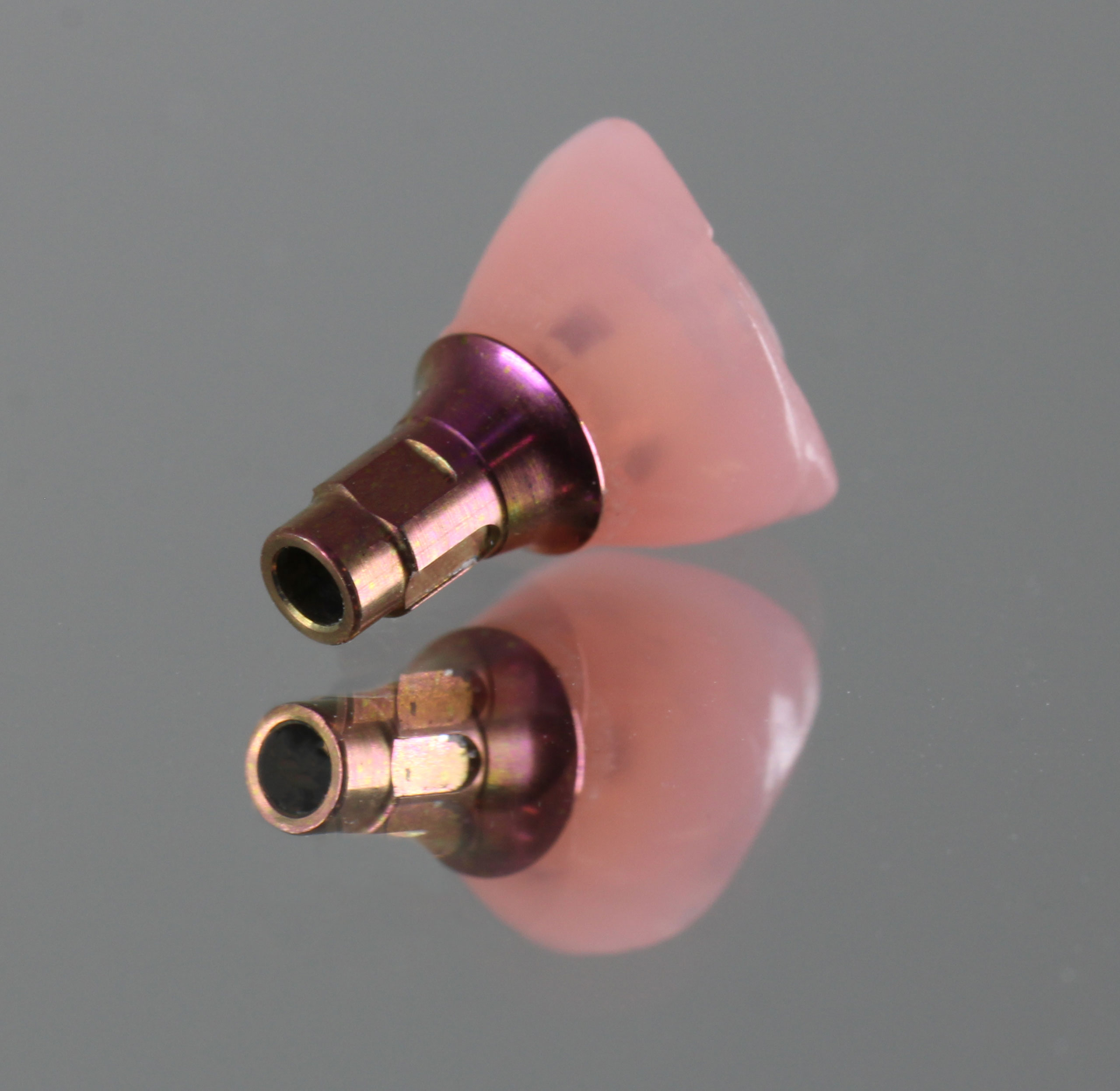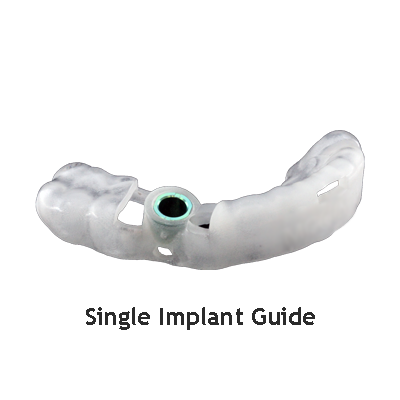At Pittman Dental Laboratory, we're driven by a relentless pursuit of progress. For over 50 years, we've been at the forefront of research and development in the dental industry, crafting solutions that elevate the quality of patient care. Our commitment to innovation extends beyond materials and techniques; it's about creating entirely new possibilities for dentists and their patients.
One such example is ScanCode®, a revolutionary product that is transforming the world of implant dentistry. Traditionally, implant dentists have relied on conventional round healing abutments. While these serve their purpose, they leave behind a round opening in the gum tissue. This can lead to a number of challenges, including aesthetic concerns and difficulty achieving optimal implant positioning during the restorative phase.
ScanCode® takes a groundbreaking approach. This innovative healing abutment features an anatomically contoured design that actively reshapes the gum tissue during the healing process. The result? A natural-looking emergence profile that seamlessly integrates with the surrounding soft tissue.
But the benefits of ScanCode® go far beyond aesthetics. The design incorporates interproximal concavities that provide crucial support for bone or bone grafting material. This translates to improved long-term stability and a more predictable foundation for the final restoration.
The advantages of ScanCode® extend to every member of the dental care team:
- Implant Surgeons: Experience greater control over implant positioning and achieve optimal emergence profiles.
- Restorative Dentists: Benefit from a pre-shaped emergence profile that simplifies the restoration process and enhances long-term outcomes.
- Pittman Dental Laboratory: Work with a foundation that facilitates a more natural and aesthetically pleasing final restoration.
- Patients: Enjoy a superior aesthetic outcome and potentially experience a more comfortable healing process.
ScanCode® is just one example of how Pittman Dental Laboratory is pushing the boundaries of dental technology. We believe in the power of innovation to transform patient care, and we're dedicated to developing solutions that empower dental professionals to achieve exceptional results.
If you're looking for a partner who shares your commitment to excellence, we invite you to explore the full range of innovative products and services offered by Pittman Dental Laboratory. Together, let's shape the future of a healthier smile. For more information about ScanCode®






